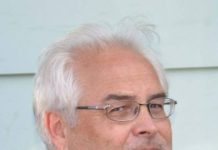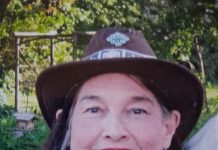The Effects of Invasive Species on The Bruce Peninsula and How You Can Help
Submitted by Donna Cole, Bruce Peninsula Biosphere Association. Written by Caely Wilson
If you’ve noticed more dead trees around your neighborhood lately, you’re not alone. One of the biggest culprits is the emerald ash borer, an invasive beetle that has devastated forests across Ontario, killing millions of ash trees. The loss of our forests affects much more than the scenery, it reduces air and water quality, destroys wildlife habitat, lowers property values, and costs millions of dollars in environmental repair and pest management.
The emerald ash borer isn’t the only one causing damage. The spongy moth, for example, feeds on the leaves of many important native trees, stripping them bare and leaving them vulnerable to disease and death. Meanwhile, invasive plants like periwinkle, garlic mustard, English ivy, and common buckthorn are now common across our forests. These plants spread quickly, outcompete native vegetation and prevent the growth of native seedlings, slowing the natural recovery of forests already stressed by invasive insects.
Climate change is making matters worse. Warmer winters and longer, hotter summers allow many invasive species to survive and thrive in our northern climate where they once could not, accelerating their spread and impact.
Across Ontario, many pests and diseases continue to threaten our forests. While some have not yet reached the Bruce Peninsula, the damage could be devastating if they do, making prevention incredibly important. You can help by always buying firewood locally, which reduces the risk of transporting invasive insects. Cleaning boots, pets, and gear after a hike prevents the spread of seeds into new areas. Planting native species at home, and reporting or removing invasive ones, allows forests to recover before outbreaks get out of control.
The Bruce Peninsula Biosphere Association is also working to restore a wetland damaged by invasives, and we are always looking for volunteers to join us in planting native trees and protecting the environment we all depend on.
In the end, small actions like these add up, making a big difference in keeping our forests healthy for the future.















